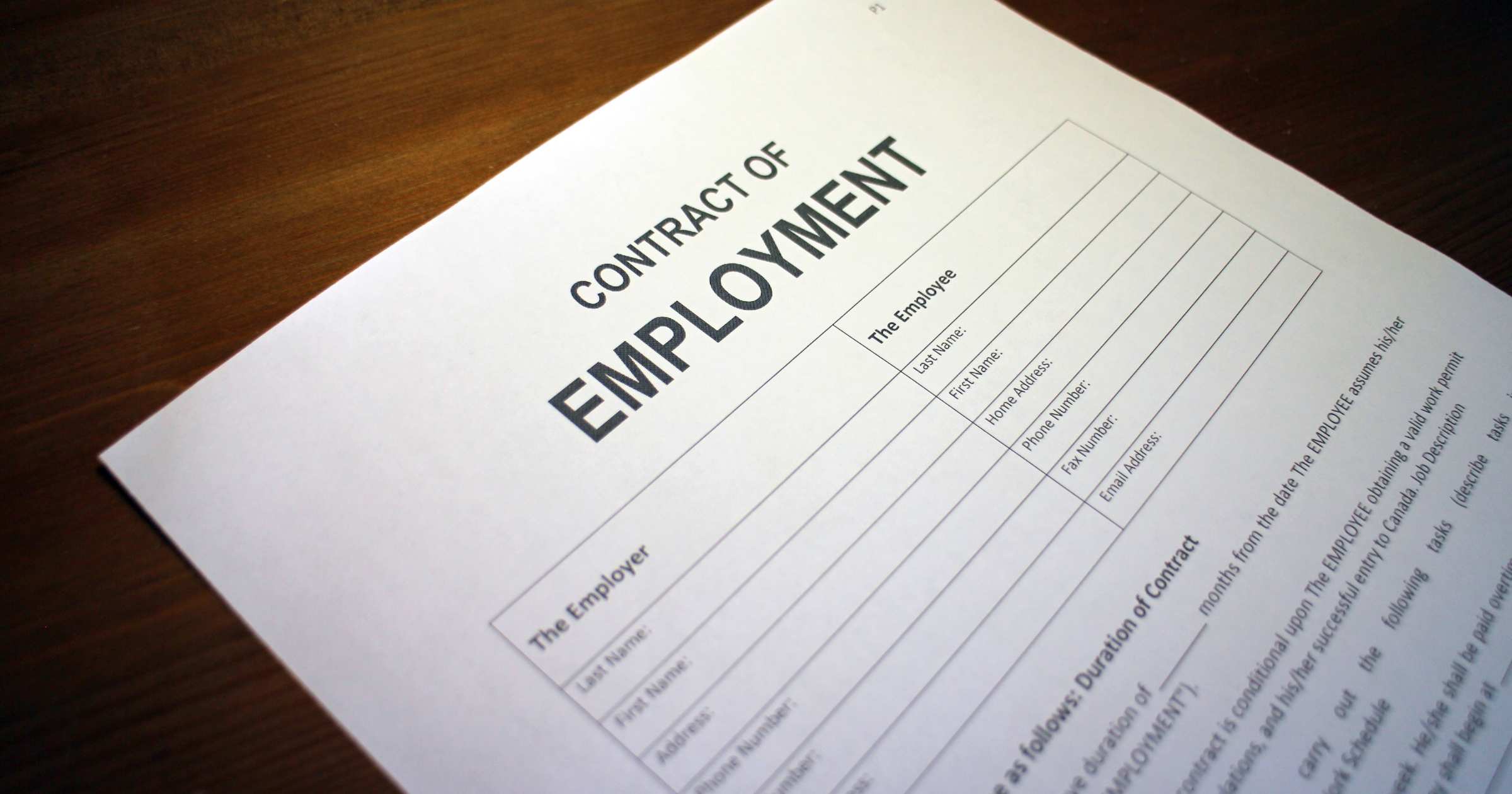
Business rescue is the shining beacon of hope for many businesses. In the troubled, dark waters of the local economy, businesses often struggle to survive. But much like a vital lifeline being thrown to the passengers of a seemingly sinking ship, this mechanism is here to mitigate loss.
“When a company faces financial distress, the consequences extend beyond its owners, impacting employees, suppliers, customers, and the broader community. To address this, South Africa has established a formal legal process known as business rescue,” says Bridget Letsholo, Head of Business Restructuring and Insolvency at CMS South Africa. “This mechanism is designed to provide financially distressed companies with an opportunity to rehabilitate, preserve jobs, and safeguard the interests of all affected stakeholders.”
Why is Business Rescue Necessary?
Letsholo explains that before implementing business rescue, companies that are unable to meet their debt obligations were typically forced into liquidation, a process of selling off all assets and permanently ceasing operations. “This presented an unfavourable outcome for all parties. The introduction of this mechanism provides a more favourable alternative, allowing companies to attempt to resolve their issues and restructure for long-term viability,” she explains.
What is Business Rescue?
“Business rescue can be understood as a lifeline for companies experiencing financial distress,” explains Charlene Ferns, Associate: Dispute Resolution, at CMS South Africa. “Rather than proceeding to liquidation, a company can enter this formal legal process to reorganise its affairs, address its challenges, and ultimately return to financial solvency. This concept was introduced by the Companies Act of 2008, which provides the statutory framework and clear guidelines for the business rescue process.”
This legal mechanism is designed to assist financially distressed companies in reorganising and recovering, thereby providing a second chance. Its primary objectives are to:
- Rehabilitate the company, if feasible
- Protect employment
- Ensure a fair and equitable outcome for all creditors
How Does It Work?
Ferns elaborates that a company starts business rescue when it appears that it won’t be able to pay its debts in the next six months. This can happen in a few ways:
- Voluntary business rescue: The company’s directors (the people in charge) realise there’s trouble ahead and file a resolution to start business rescue.
- Court-ordered business rescue: Creditors, shareholders or employees can apply to the court to put the company into rescue if they believe it’s in everyone’s best interest.
“Once a business rescue starts, a business rescue practitioner steps in, taking control to try to nurse the business back to health,” Ferns adds.
Step-by-step Business Rescue
Here are the steps that are taken when a business enters business rescue.
1. Decision to enter business rescue
The company’s directors or a court decide that business rescue is necessary. A formal notice is filed with the Companies and Intellectual Property Commission (CIPC), and all affected parties are informed.
2. Appointment of a practitioner
The business rescue practitioner is appointed.
3. Temporary protection (“Moratorium”)
As soon as the process starts, the company gets temporary legal protection through a moratorium. This means creditors can’t take legal action or demand payment while the process is underway. This gives the company some breathing room to work on a plan.
4. Investigation and assessment
The practitioner investigates the company’s finances, operations and reasons for distress. Within 10 business days, the practitioner must meet with creditors, employees and other stakeholders to explain the situation and discuss the way forward.
5. Drafting the plan
Within 25 business days of being appointed, the practitioner must publish a detailed plan or request an extension to publish.
The plan explains:
- How the company got into trouble.
- What steps will be taken to fix things (restructuring, asset sales, new funding, etc),
- How creditors, employees, and shareholders will be affected; and
- The proposal and timeline for recovery.
6. Voting on the plan
A meeting is held where creditors and other affected parties vote on whether to accept the plan. For the plan to be approved, at least 75% of the creditors (by value of claims) and 50% of independent creditors must vote in favour.
7. Implementation
If the plan is approved, the practitioner and company management put it into action.
This might involve:
- Restructuring debts (negotiating new payment terms)
- Selling off non-essential assets
- Bringing in new investors or funding
- Changing how the business operates
8. Exit from business rescue
The process ends when:
- The plan is successfully carried out, and the company is stable again.
- The plan fails or is rejected, and the company goes into liquidation; and
- The court or practitioner decides to end the process.
Business rescue is not always successful. It happens that the problems are too complex or there isn’t enough support for the rescue plan. In those cases, the company may still have to close down. But even then, this process can help make the process fairer and more orderly for everyone involved.
Business rescue is South Africa’s way of giving companies a fighting chance. It’s about finding solutions, saving jobs and making sure everyone gets treated as fairly as possible.






